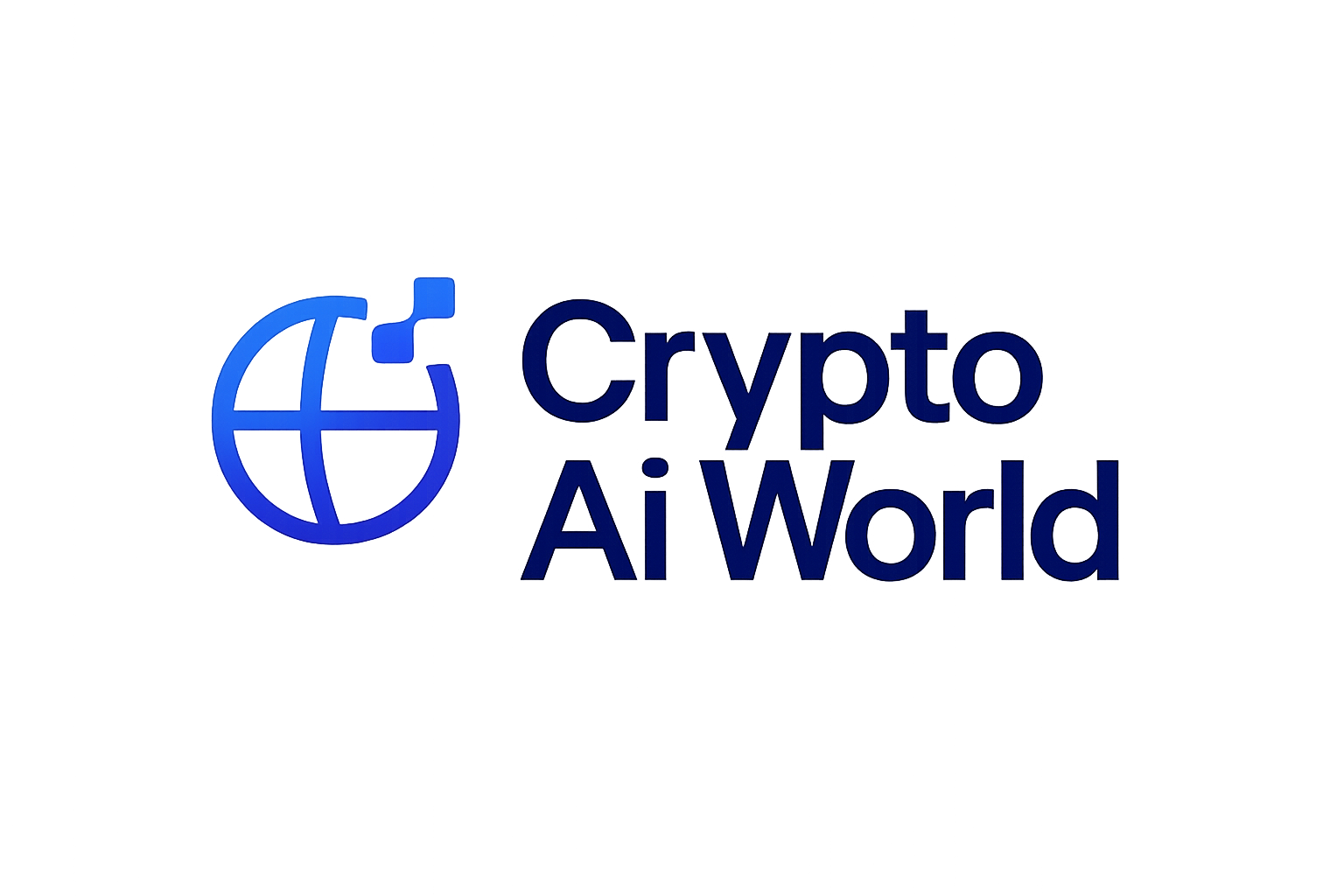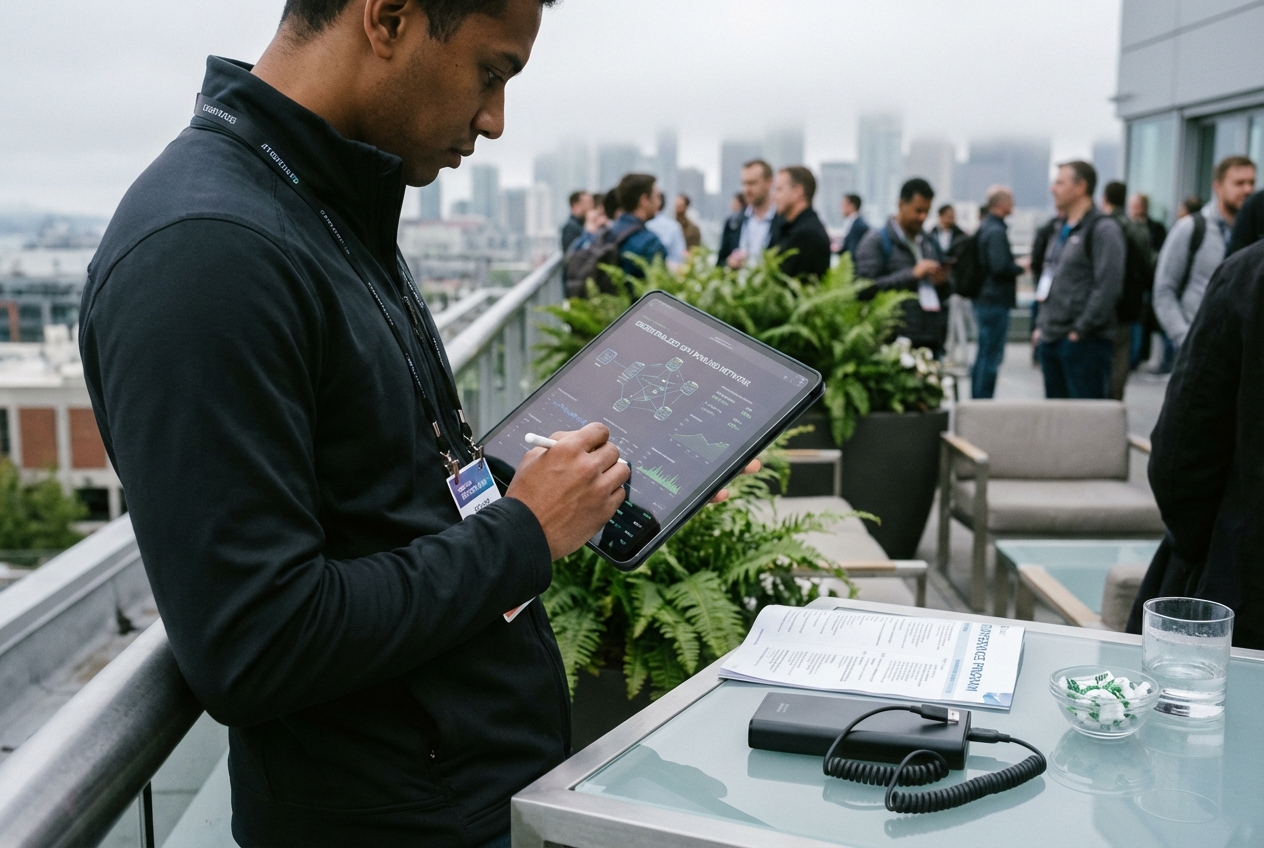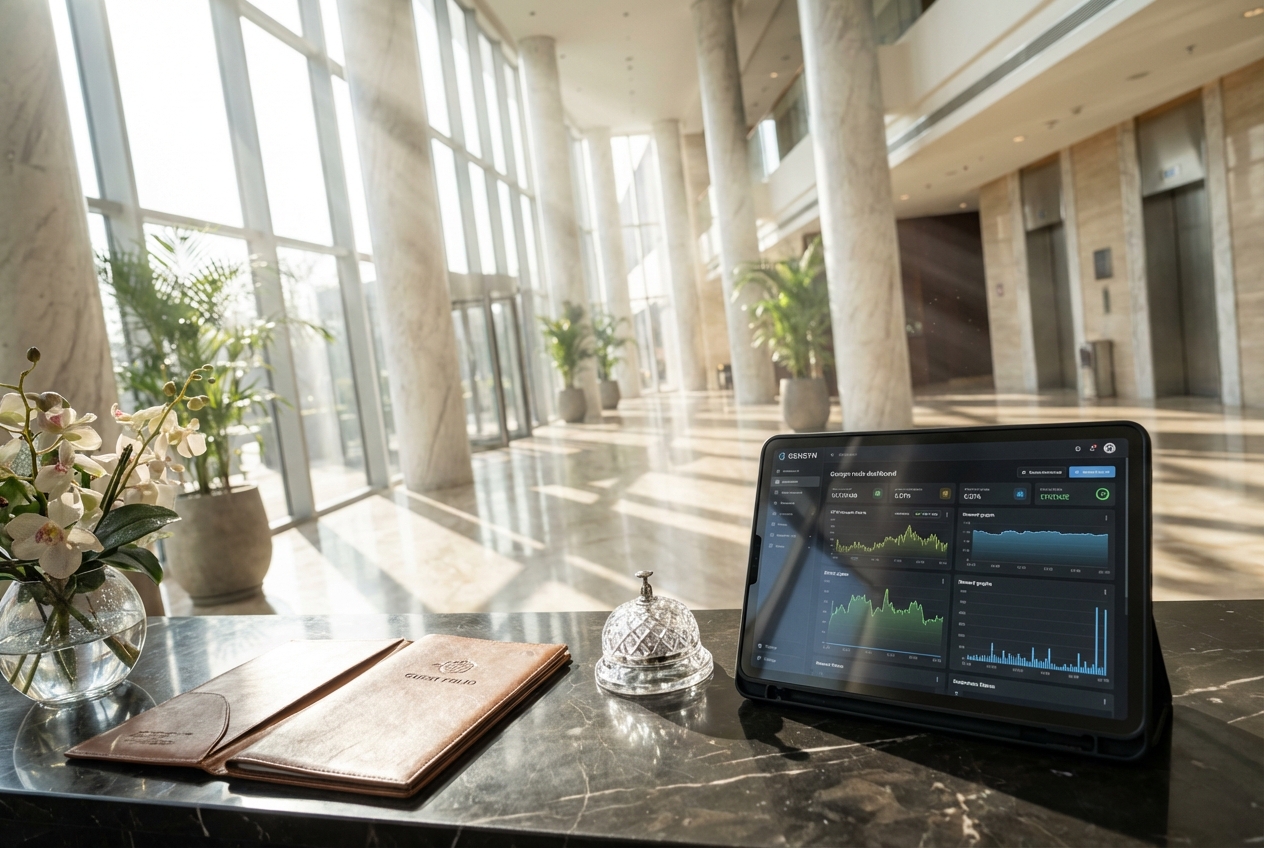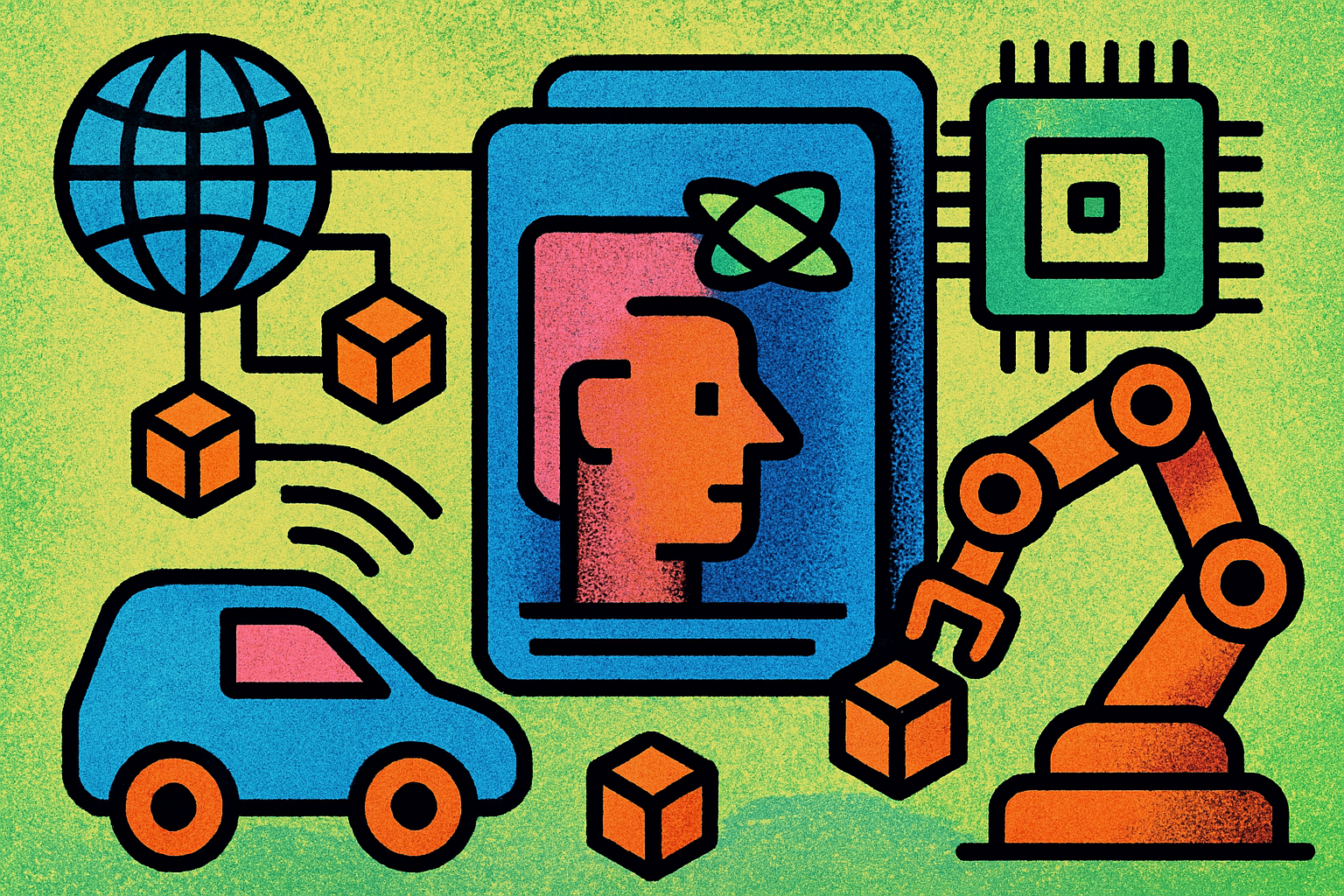
Decentralized Physical Infrastructure Networks (DePIN networks) are quietly rewriting the rules of AI and machine economies. In 2025, DePIN’s market capitalization surged past $50 billion, with over 350 tokens representing everything from compute power to energy grids. This rapid growth signals a paradigm shift: AI agents and autonomous machines are breaking free from centralized silos, leveraging blockchain-coordinated hardware and services to operate independently, securely, and at scale.

DePIN Networks: The Backbone of Autonomous Machine Economies
At their core, DePIN networks use blockchain to coordinate distributed hardware and incentivize real-world services. Projects like IoTeX, Aethir, and peaq are at the forefront, creating open protocols where machines can discover each other, verify identities, and transact autonomously. This infrastructure is crucial for decentralized AI agents: intelligent software or physical entities that execute tasks, negotiate prices, and manage resources without human oversight.
Consider Arkreen’s decentralized energy network: here, AI agents manage device coordination and energy trading, optimizing grid efficiency while maintaining transparency. Meanwhile, XMAQUINA’s MachineDAO on peaq enables fractional ownership of real-world robots, letting token holders share profits from autonomous robo-cafés. These examples highlight how DePIN tokenomics align machine incentives with community interests, fueling a new era of self-running digital organizations.
Onchain Robots and Decentralized AI Agents: The New Web3 Workforce
The convergence of onchain robots and decentralized AI agents is transforming how machines interact, collaborate, and monetize their capabilities. With DePIN protocols, robots and IoT devices can:
Top 5 Ways DePIN Networks Empower Autonomous AI Agents
-
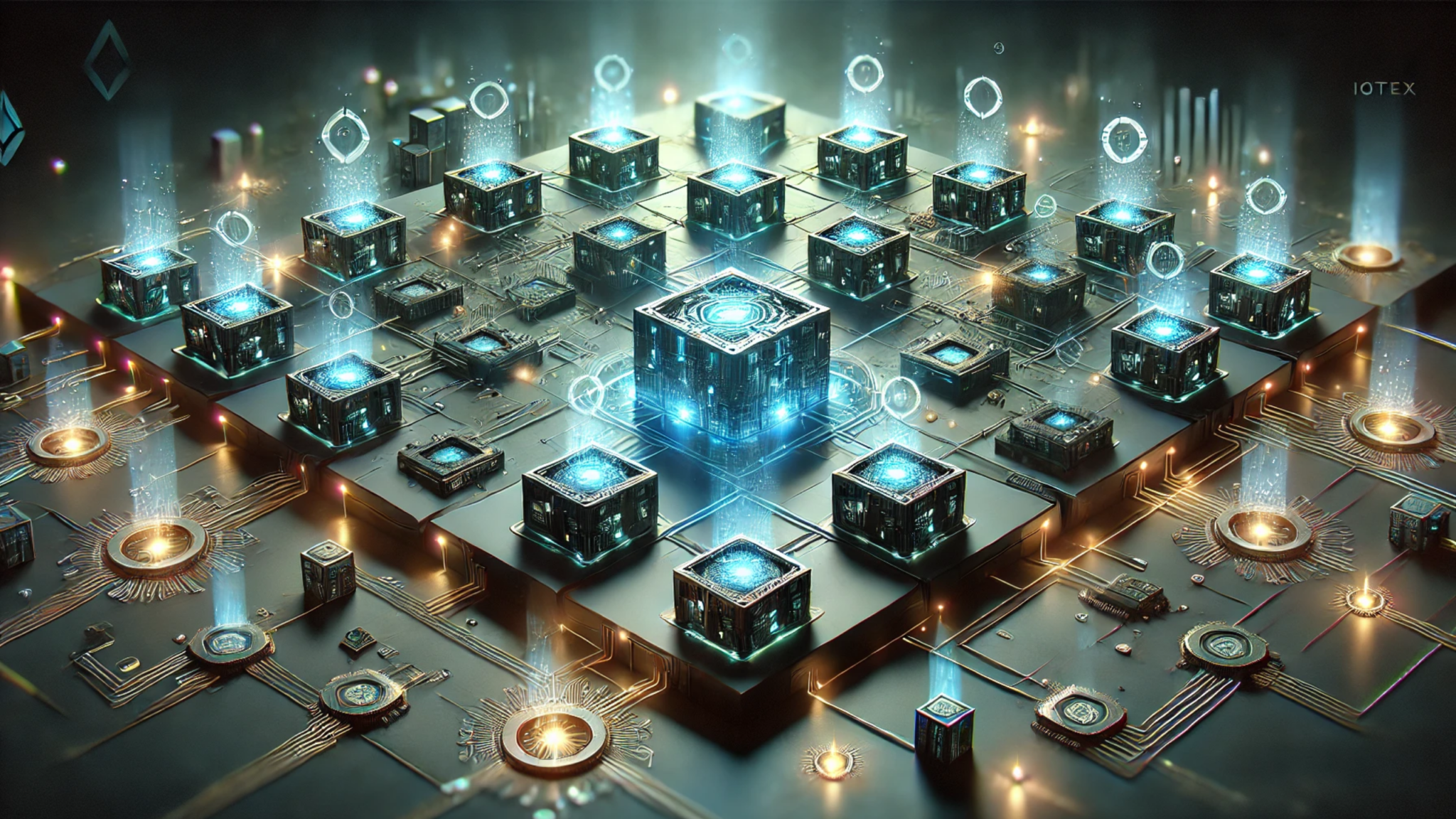
1. Decentralized Data Access and Verification: Platforms like IoTeX enable AI agents and robots to access and verify real-time, tamper-proof data from distributed sensors and devices. This ensures that autonomous systems operate on trustworthy information, enhancing decision-making and safety.
-

2. Secure, Distributed AI Computation: Collaborations such as iExec and AethirCloud provide decentralized GPU networks for running confidential AI workloads. This allows autonomous agents to process complex tasks securely and efficiently, without relying on centralized servers.
-
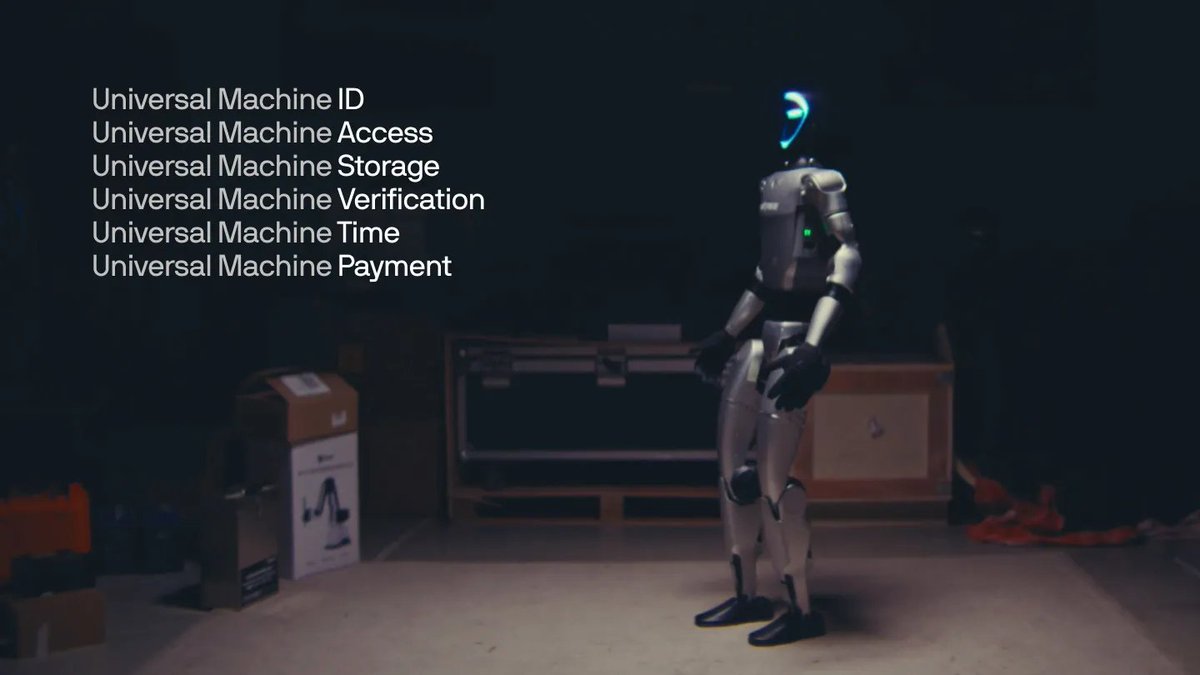
3. Tokenized Ownership and Incentives: Projects like XMAQUINA on the peaq network introduce fractional ownership models for autonomous robots. Through tokenization, communities can invest in, govern, and profit from real-world robotic assets, fueling collective machine economies.
-
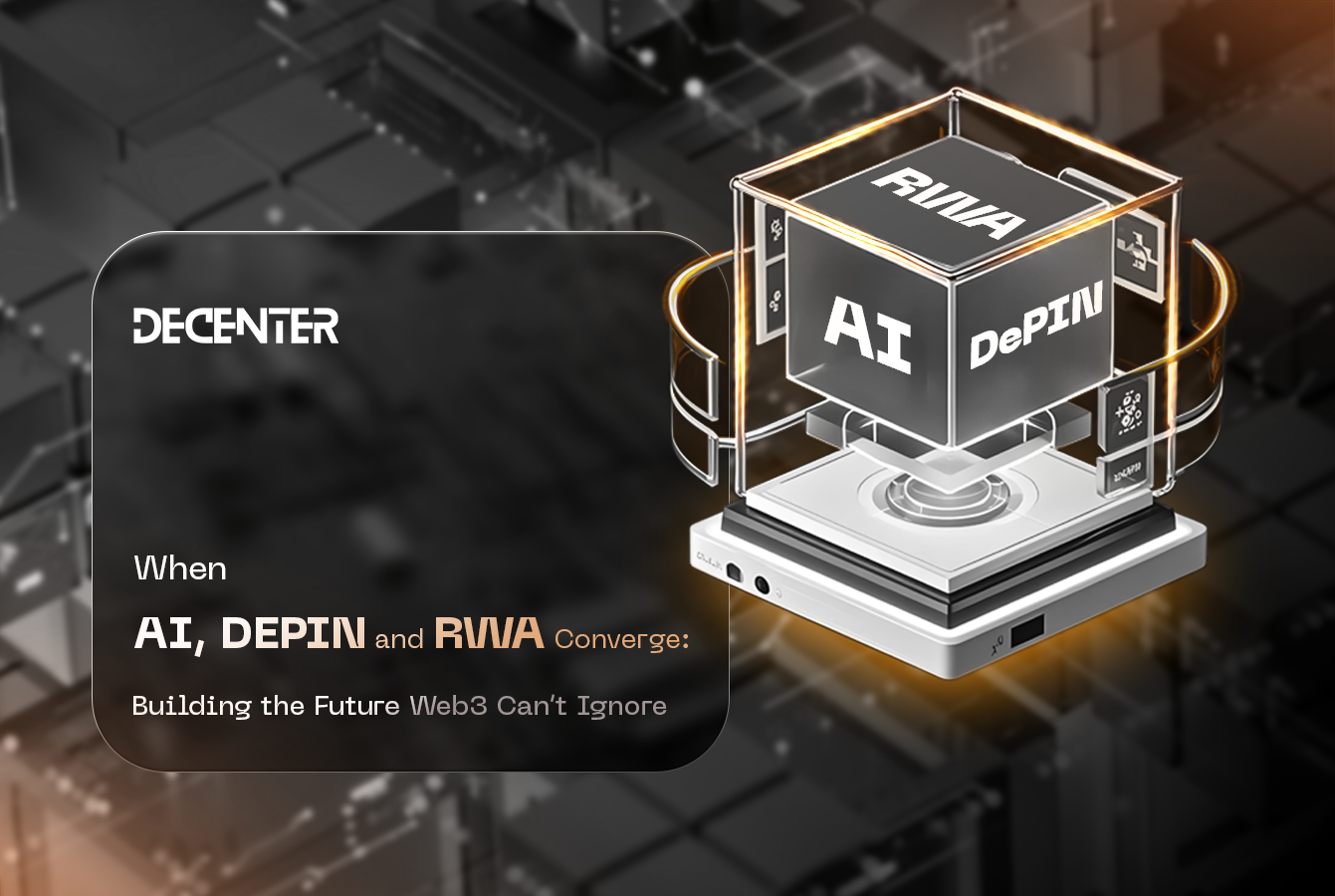
4. Autonomous Coordination and Service Discovery: DePIN protocols facilitate peer-to-peer discovery and authentication, enabling robots and AI agents to autonomously find, verify, and collaborate with other machines. This open, decentralized approach accelerates machine-to-machine economies and dynamic service provisioning.
-

5. Energy and Resource Marketplace Integration: Initiatives like Arkreen are building decentralized energy networks where AI agents manage device coordination and energy trading. This empowers autonomous machines to optimize resource usage and participate in real-time, on-chain marketplaces, driving operational efficiency.
For instance, IoTeX’s recent expansion into AI aims to unify physical AI and decentralized compute, providing verified real-time data for responsive machine coordination. This is foundational for applications in logistics, smart cities, and autonomous vehicles, where trustless data exchange and machine-to-machine payments are essential for scaling operations.
Partnerships like iExec and AethirCloud are also pushing boundaries, enabling confidential, high-performance AI workloads to run securely on decentralized GPU networks. This unlocks a new class of crypto-powered AI infrastructure, where sensitive data and proprietary models can be processed without sacrificing decentralization or privacy. For a deep dive on how decentralized GPU networks are driving scalable AI compute, see this guide.
Tokenomics and Incentives: Fueling the Machine Economy Blockchain
Tokenomics sits at the heart of the machine economy blockchain. DePIN tokens reward participants for contributing compute, storage, connectivity, or energy, creating a self-sustaining loop of resource provision and economic activity. XMAQUINA’s fractional ownership model is a prime example: community members stake tokens to fund autonomous robots, then earn a share of real-world profits, blurring the lines between digital assets and physical machines.
This incentive structure doesn’t just power individual devices, it enables entire fleets of autonomous agents to coordinate, optimize, and adapt in real time. As these networks scale, expect to see more sophisticated DAO governance, cross-chain automation, and composable infrastructure, all underpinned by transparent, programmable token economies.
Key Challenges on the Road to Autonomous Machine Economies
Despite these advances, integrating AI with DePINs isn’t without hurdles. Data acquisition remains complex, especially for real-world environments. Achieving high autonomy requires robust hardware and scalable networks, areas where bottlenecks still exist. Security and privacy risks must be managed, particularly as confidential AI workloads become more common. Regulatory clarity also lags behind technical innovation, making compliance a moving target for global projects.
Addressing these challenges is critical for sustainable growth. For a detailed analysis of current bottlenecks and integration hurdles in DePIN-powered robotics, explore this resource.
Community-driven innovation remains a defining trait of DePIN networks. Open protocols and collective ownership models are not only disrupting traditional infrastructure, they are also democratizing access to AI-powered machines. As more users invest in and govern these networks, the flywheel of adoption accelerates. This dynamic is visible in the surge of DePIN tokens and the proliferation of DAO-managed assets, from decentralized wireless nodes to onchain robots.
What sets DePIN-based machine economies apart is their composability. Developers can stack decentralized compute, storage, and identity modules to create novel autonomous agent architectures. This modularity enables rapid experimentation, from micro-robotic swarms in smart agriculture to fleets of delivery drones operating on shared, permissionless rails.
The Road Ahead: Scaling Decentralized Compute for Real-World AI
The next phase for DePIN networks will be defined by scale and specialization. As the sector’s market cap holds above $50 billion, expect increased interoperability between networks, richer tokenomics, and more granular resource marketplaces. Projects like IoTeX and Aethir are already demonstrating how decentralized compute infrastructure can power real-time, mission-critical AI applications, without sacrificing security or sovereignty.
Looking forward, cross-chain automation and open standards will be key enablers. Seamless coordination between diverse DePIN protocols will unlock larger pools of hardware resources for decentralized AI agents. This is especially relevant for industries like logistics, where autonomous vehicles and robots require both low-latency compute and trustless settlement mechanisms.
Top 5 Trends Shaping DePIN-Powered Autonomous Machine Economies
-
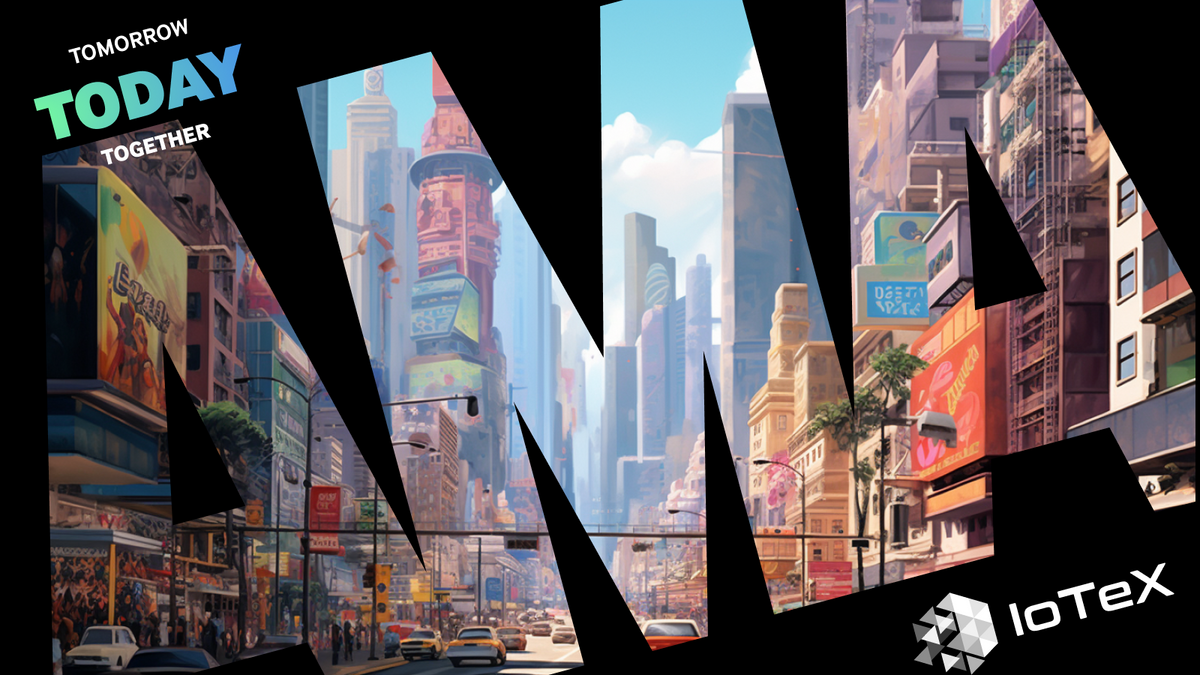
1. Integration of AI Agents with Decentralized Physical Infrastructure: Platforms like IoTeX are expanding into AI, enabling real-time data sharing and coordination among machines through a unified ecosystem. This trend is transforming DePINs into the backbone for responsive, real-world AI systems.
-
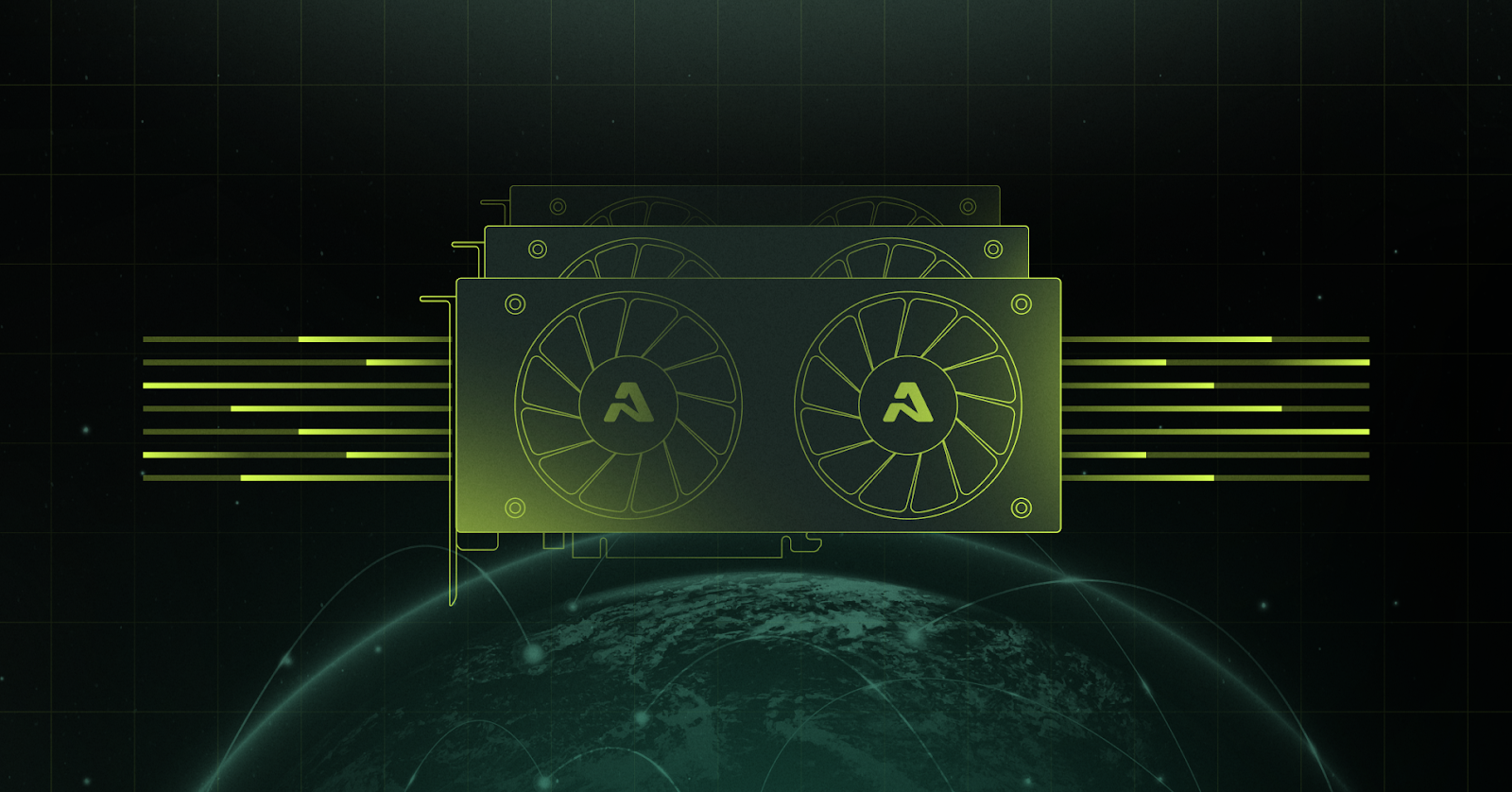
2. Secure, Decentralized AI Computation: The partnership between iExec and AethirCloud is establishing a decentralized GPU Workerpool, allowing confidential, high-performance AI workloads to run securely without centralization risks. This ensures data privacy and computational integrity for autonomous agents.
-
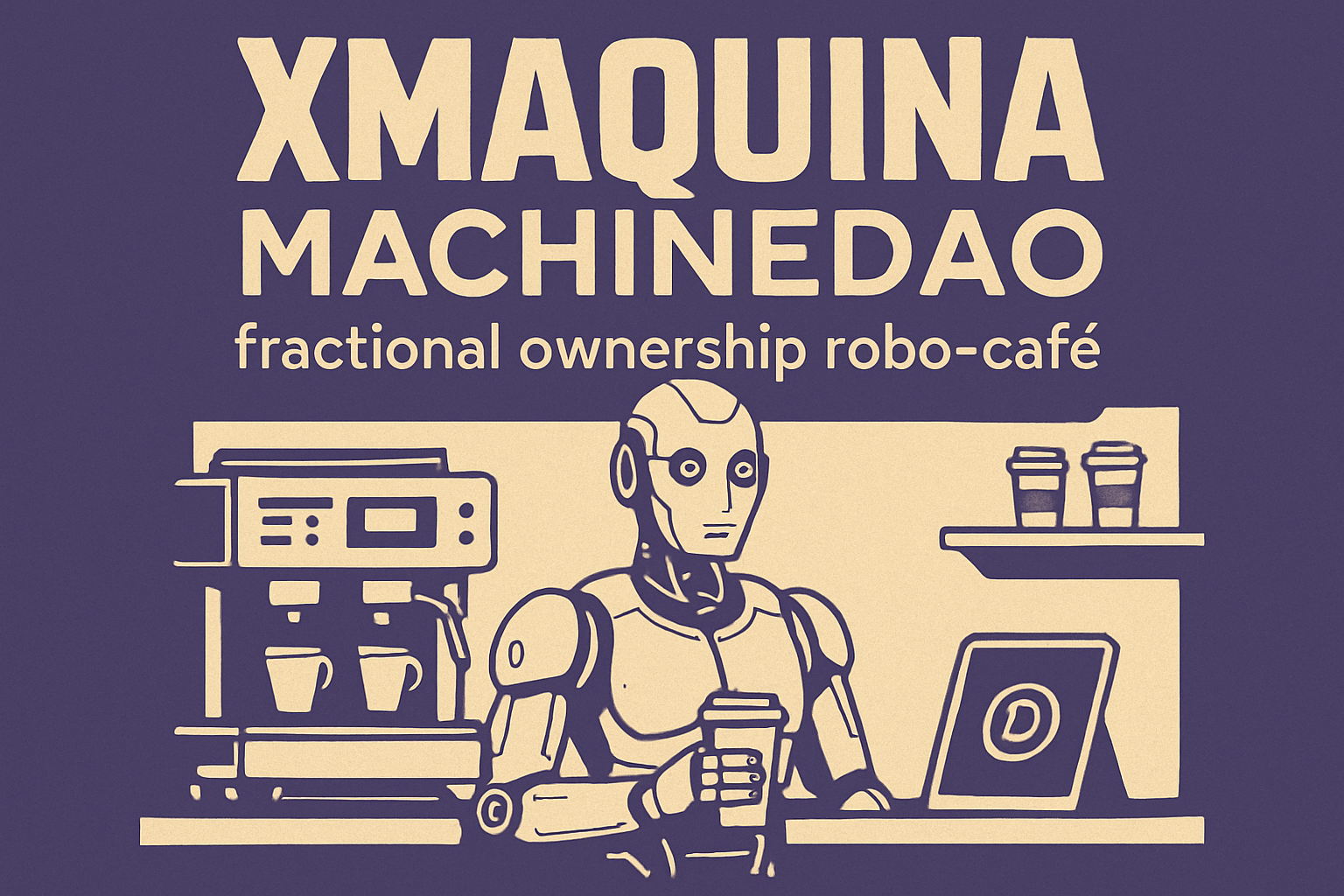
3. Fractional Ownership of Autonomous Machines: XMAQUINA is pioneering collective ownership models via its MachineDAO on the peaq network, where users can invest in and earn from tokenized real-world robots, such as robo-cafés, exemplifying new economic participation in machine economies.
-
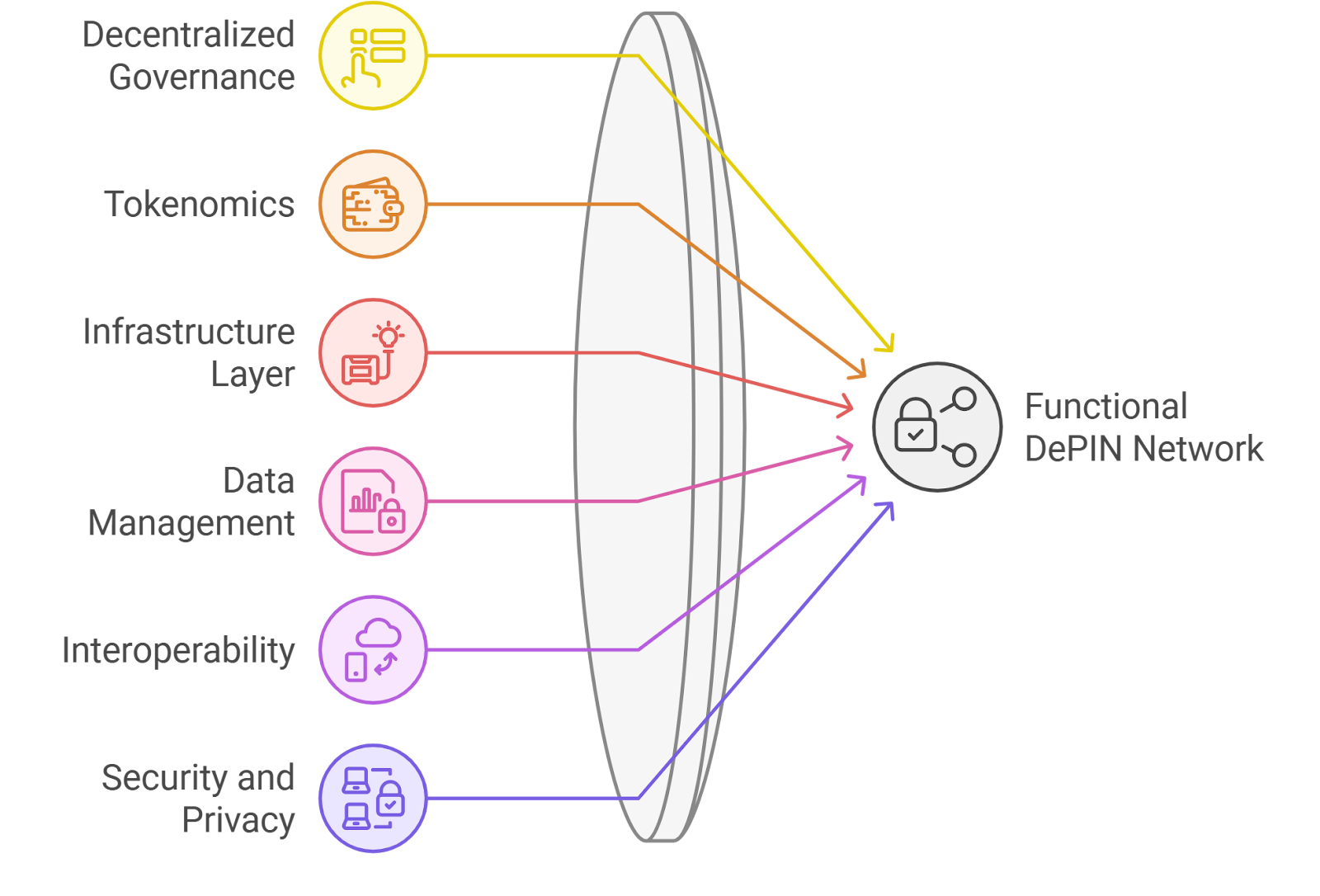
4. Convergence of On-Chain AI Agents and Decentralized Data: The rise of on-chain AI agents, as tracked by DePIN Scan, is enabling autonomous systems to access, verify, and act on decentralized data sources, enhancing trust, transparency, and automation in Web3 environments.
-

5. Addressing Scalability, Security, and Regulatory Challenges: As DePIN-powered machine economies grow, projects are focusing on overcoming hurdles like network scalability, data security, privacy, and compliance. These efforts are crucial for sustainable growth and mainstream adoption, as highlighted in recent industry analyses.
As regulatory frameworks evolve and privacy-preserving technologies mature, expect broader enterprise adoption. The promise is clear: scalable, secure, crypto-powered AI infrastructure that empowers machines, and their human stakeholders, to participate directly in global digital economies.
For builders seeking to harness these opportunities, understanding the nuances of decentralized compute networks is critical. Explore in-depth technical guides on empowering onchain agents or learn how edge nodes are transforming AI scalability in our edge node overview.
Which DePIN use case will have the greatest impact in the next five years?
Decentralized Physical Infrastructure Networks (DePINs) are transforming industries by integrating blockchain with AI agents, robotics, wireless connectivity, and energy grids. With the DePIN sector now exceeding $50 billion in market cap, which area do you think will shape our future the most?
